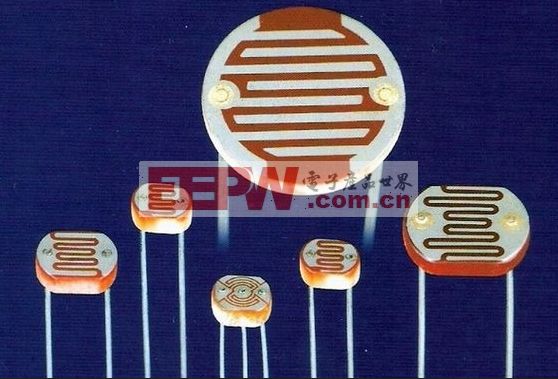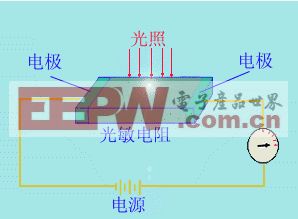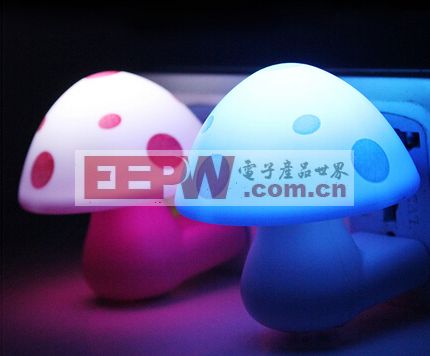Guide: Photoresistors, as the name implies, are light-sensitive resistors whose resistance changes depending on the intensity of the light they receive. But what exactly is the relationship between light and resistance? Let’s take a closer look at how photoresistors work and why they are so widely used in modern electronics.
1. Working Principle of the Photoresistor – An Overview
A photoresistor, also known as a light-dependent resistor (LDR), is a type of resistor that uses the photoconductive effect of semiconductors to change its resistance based on the amount of light it receives. This means that when more light hits the device, its resistance decreases, allowing more current to flow through it. Conversely, when there's less light, the resistance increases, limiting the current.
This behavior occurs because when photons (light particles) strike the semiconductor material inside the photoresistor, they excite electrons, creating electron-hole pairs. These charge carriers increase the conductivity of the material, thereby reducing its resistance. The stronger the light, the more charge carriers are generated, resulting in lower resistance and higher current flow.

2. How Photoresistors Work – A Detailed Look
The working principle of a photoresistor is based on the internal photoelectric effect. When exposed to light within a specific wavelength range, the resistance of the photoresistor drops significantly, allowing more current to pass through the circuit. Ideally, the dark resistance should be very high, while the bright resistance should be as low as possible to ensure maximum sensitivity.
Typically, the dark resistance of a photoresistor can be in the megaohm range, while the bright resistance may drop to just a few thousand ohms. This wide variation makes them ideal for use in various applications where light detection is required.

Visually, a photoresistor consists of a thin layer of semiconductor material, usually deposited on a glass or ceramic substrate. Electrodes are placed at both ends of the semiconductor layer, and these are connected to external leads. To protect the sensitive material from environmental influences, a protective coating is often applied. This coating is designed to allow maximum transmission of light in the most sensitive wavelength range of the semiconductor.
In darkness, the photoresistor has a very high resistance. However, when illuminated with sufficient light energy, the electrons in the valence band absorb photons and move to the conduction band, creating free electrons and holes. This process reduces the material's resistivity, allowing more current to flow. As the light intensity increases, more charge carriers are created, further lowering the resistance.
When the light source is removed, the electron-hole pairs gradually recombine, and the resistance slowly returns to its original value, causing the current to decrease accordingly.
3. Applications of Photoresistors – Where They Are Used
Photoresistors are widely used in many electronic devices due to their high sensitivity, fast response time, and good spectral characteristics. They are commonly found in cameras, solar-powered garden lights, automatic street lights, money detectors, quartz clocks, music cups, gift boxes, night lights, light-controlled switches, and various toys and lighting systems that rely on light sensing.

Whether you're designing an automatic lighting system or working on a simple light sensor project, understanding the working principle of photoresistors is essential. Their ability to respond to changes in light makes them a valuable component in countless real-world applications. If you're interested in learning more about how to integrate photoresistors into your projects, feel free to ask!
D-subminiature Connector,D-Sub Connector,Power D-Sub,D-Sub Power Connector,High Power D-Sub Connector,db9,db15,db25,ip67 D-Sub,waterproof D-Sub connector,D-Sub connector female,D-Sub male connector
Dongguan Yiyou Electronic Technology Co., Ltd. , https://www.dsubminiature.com